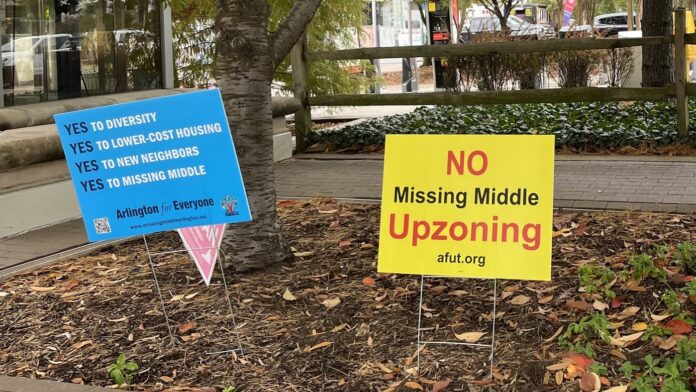New Jersey, with its prime location, strong economy, and diverse communities, has always been a sought-after place to call home. However, like many desirable regions across the nation, our state is increasingly grappling with a significant challenge: housing affordability. Projections for the coming years paint a clear picture of rising home prices that threaten to outpace income growth, potentially pricing many families out of the dream of homeownership.
For a comprehensive understanding of New Jersey’s evolving real estate landscape and what these trends mean for residents, we encourage you to explore our dedicated real estate section: https://explorenewjersey.org/category/real-estate/.
Nationally, the median home price is expected to climb significantly by the decade’s end, with income gains struggling to keep pace. This creates a widening gap, leaving many households across the country facing an uphill battle to afford a home unless their earnings see dramatic increases. While states like Montana and California are highlighted for their severe affordability crises – with Montana projecting a nearly 144% jump in required income and California requiring over $250,000 annually – New Jersey is unfortunately not far behind in this challenging trend.
In fact, New Jersey is projected to be one of the top five states facing the largest affordability gaps. By 2030, the median home price in the Garden State could approach $845,000. To comfortably manage such housing costs, residents would need to earn more than $210,000 annually. This places New Jersey as the second-most expensive state in the nation in terms of the income required to afford a typical home, just behind California.
So, what’s driving this trend in our densely populated state? Several factors contribute to New Jersey’s unique housing market dynamics. Our proximity to major metropolitan areas like New York City and Philadelphia consistently fuels high demand. A strong job market, desirable school districts, and a high quality of life also draw residents, further intensifying competition for available housing. The landscape of our state, with its combination of suburban sprawl and protected natural areas, can also limit the ease and speed of new construction.
The past few years have certainly exacerbated the situation. A pandemic-fueled influx of remote workers, many seeking more space or a different lifestyle, contributed to a surge in demand, particularly in suburban and coastal areas. This, coupled with historical factors like restrictive zoning laws in some municipalities, has created a market where supply often struggles to meet demand, inevitably pushing prices upward. While efforts are underway to address these challenges, including discussions around zoning reform and increased housing development, the road to widespread affordability is complex.
This affordability crunch isn’t just about statistics; it impacts real families, shaping their ability to live, work, and thrive in the communities they love. It raises important questions for young professionals looking to put down roots, for growing families needing more space, and for seniors hoping to age in place.
As we move forward, understanding these projections and the underlying causes is crucial for both current and prospective New Jersey homeowners. It highlights the need for continued dialogue among policymakers, developers, and community members to explore innovative solutions that can foster a more balanced and accessible housing market for everyone.
To stay informed on the latest trends, analyses, and discussions surrounding real estate in New Jersey, including insights into affordability, market conditions, and future projections, we invite you to visit our comprehensive real estate section at https://explorenewjersey.org/category/real-estate/. We are committed to providing you with the information you need to navigate our dynamic housing landscape.











